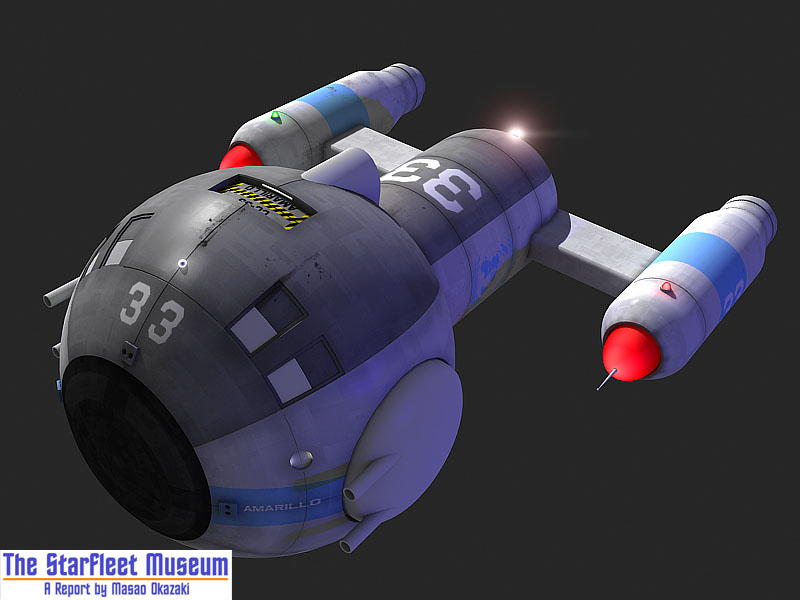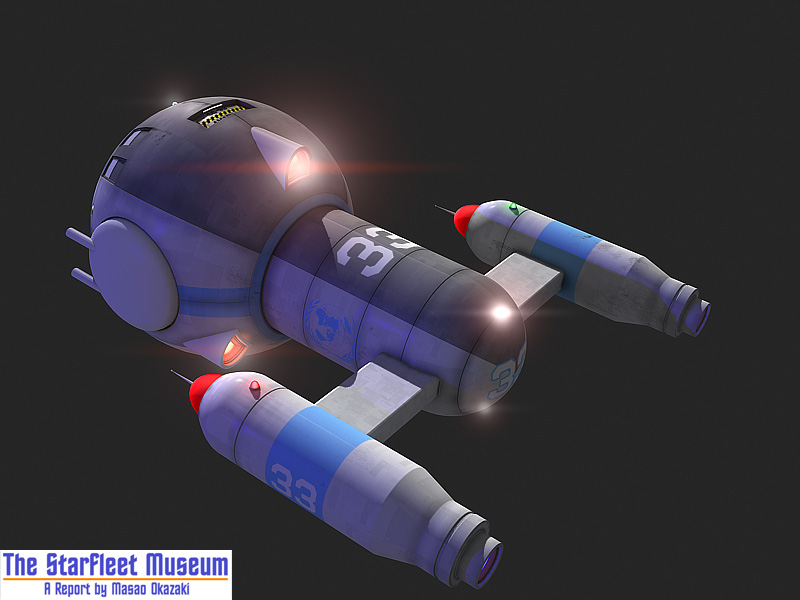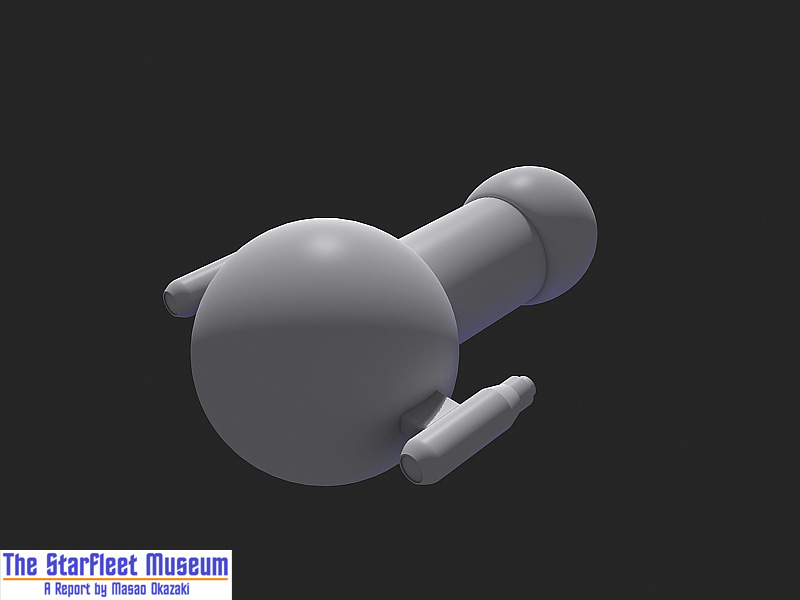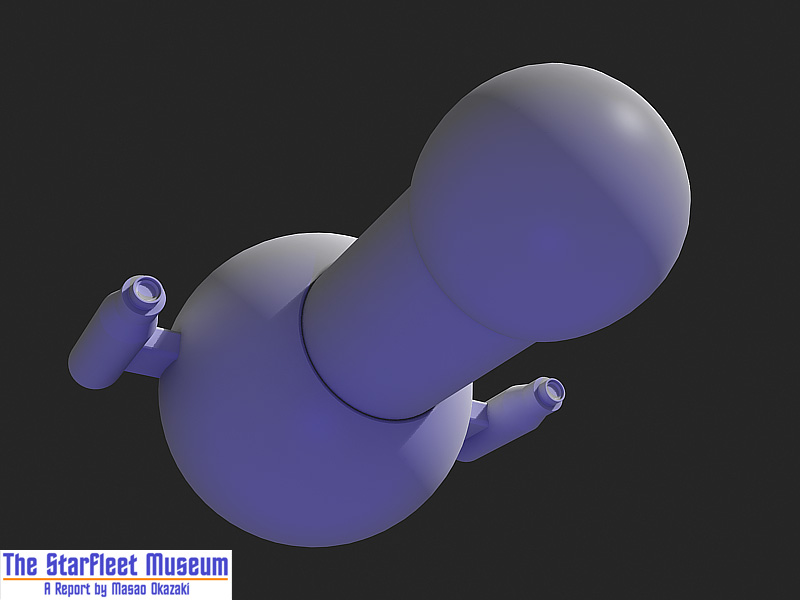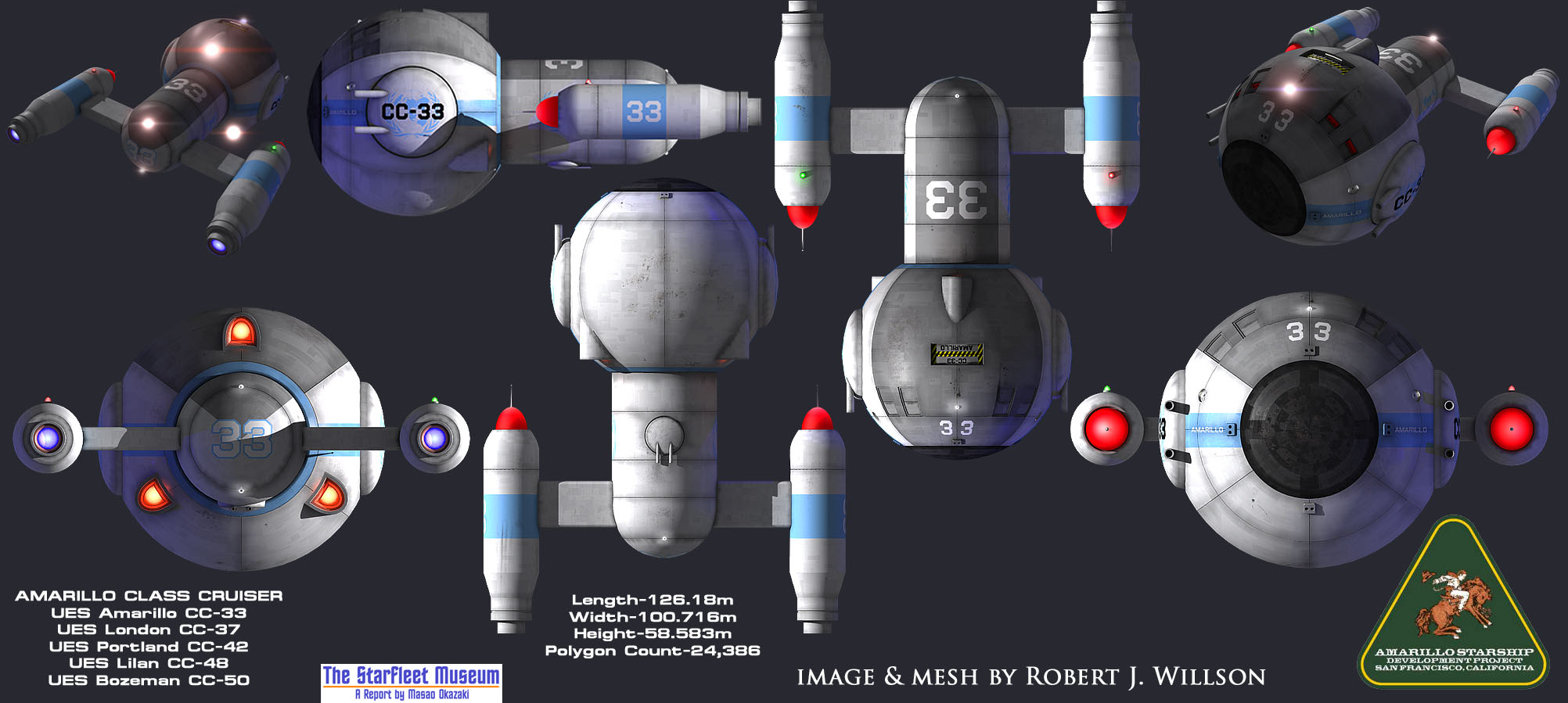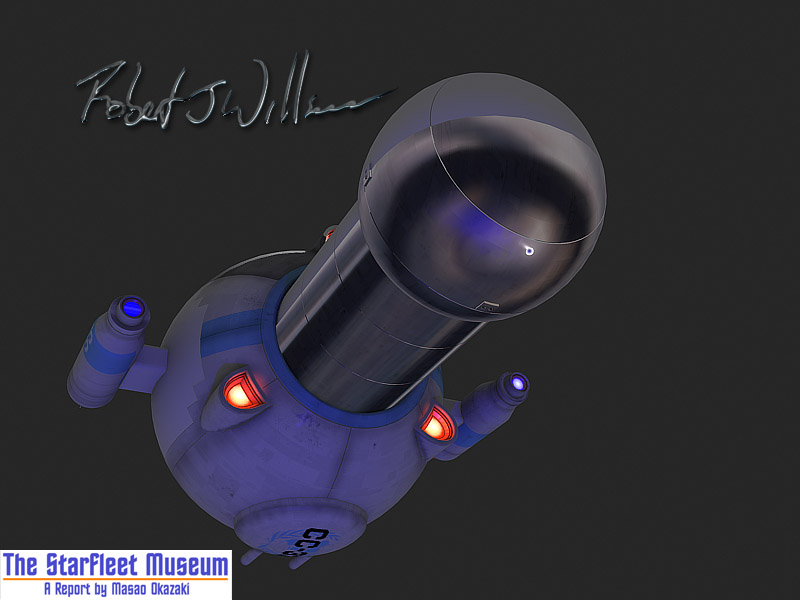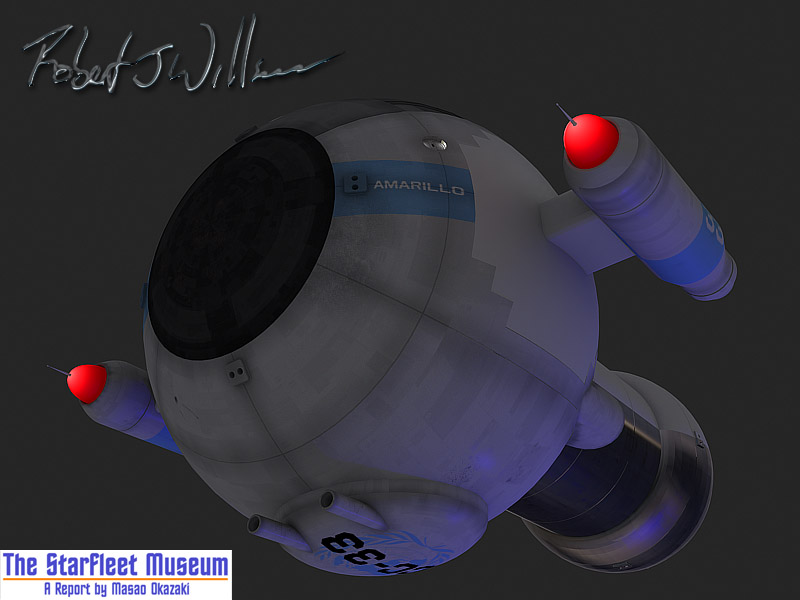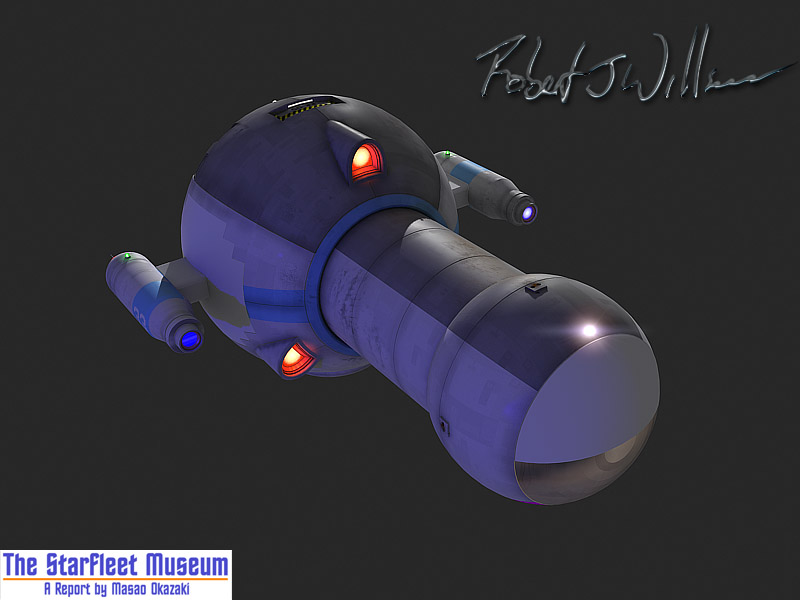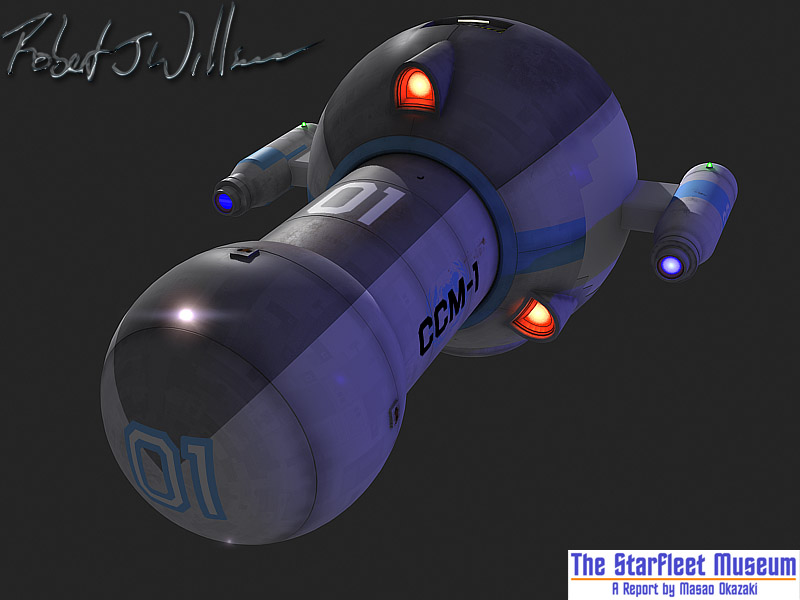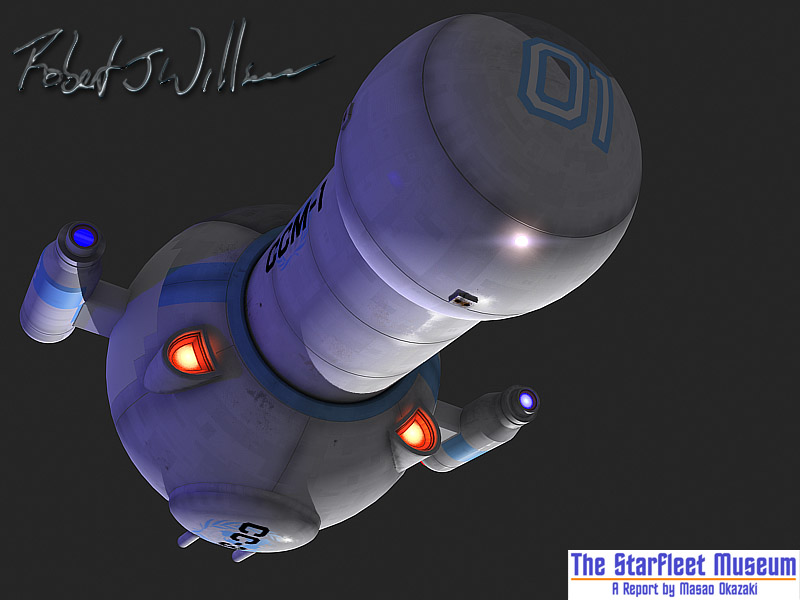... For me, the Museum ships have nacelles that look a little too divergent from TOS and ENT. (Of course, to be fair, I understand the Museum to have been originally conceived prior to ENT.) The Phoenix from FIRST CONTACT should be factored in as well. (Ironically, the ENT ep "First Flight" scored a huge artistic success with the NX-Alpha prototypes; too bad we didn't see more of this.)
To the extent that the classic nacelle communicates "Star Trek" to people, and that creators of "Star Trek" have to communicate that feel to viewers in order for their work to be accepted, yes. And yet, that didn't stop Roddenberry, Jefferies and the rest from dumping the classic nacelle entirely when they redesigned the Enterprise in 1979...
Star Trek was at least said to have been made on the assumption that TV producers could expect a little more thinking from their viewers and still succeed. Is it too much to expect them not to need the same basic nacelles in 2060, 2160 and 2260? In real life, was the Wright flyer too divergent from the balloons that preceded it? Were the jets that followed too divergent from the propellers of their predecessors? What about rockets with their little stubby wings? Sure, people might have looked at the first airplane and said, "That can't fly. It doesn't look anything like a balloon!" But our shared experience tells us that as technology improves, the look of things change. Is it too much to expect an audience to look at art set before the original Star Trek and expect technology that looks as different as the Wright flyer looks from the rocket, or from the balloon? I don't think so, and believe this is where the makers of the later shows got it wrong, and where Masao gets it right. It may not be canon, but that doesn't really matter. What he does won't be canon anyway. But it is good and thought provoking art. To the extent that the producers of Trek have embraced his work, and with it the idea that they can expect a little more from the consumers of their products, that's all for the good.

